

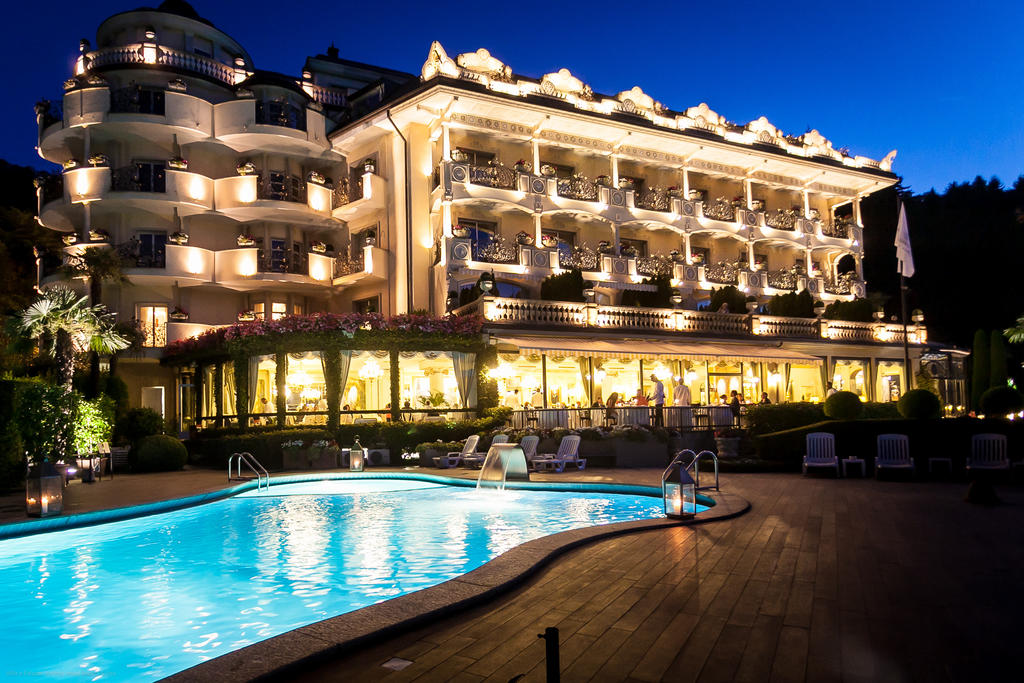



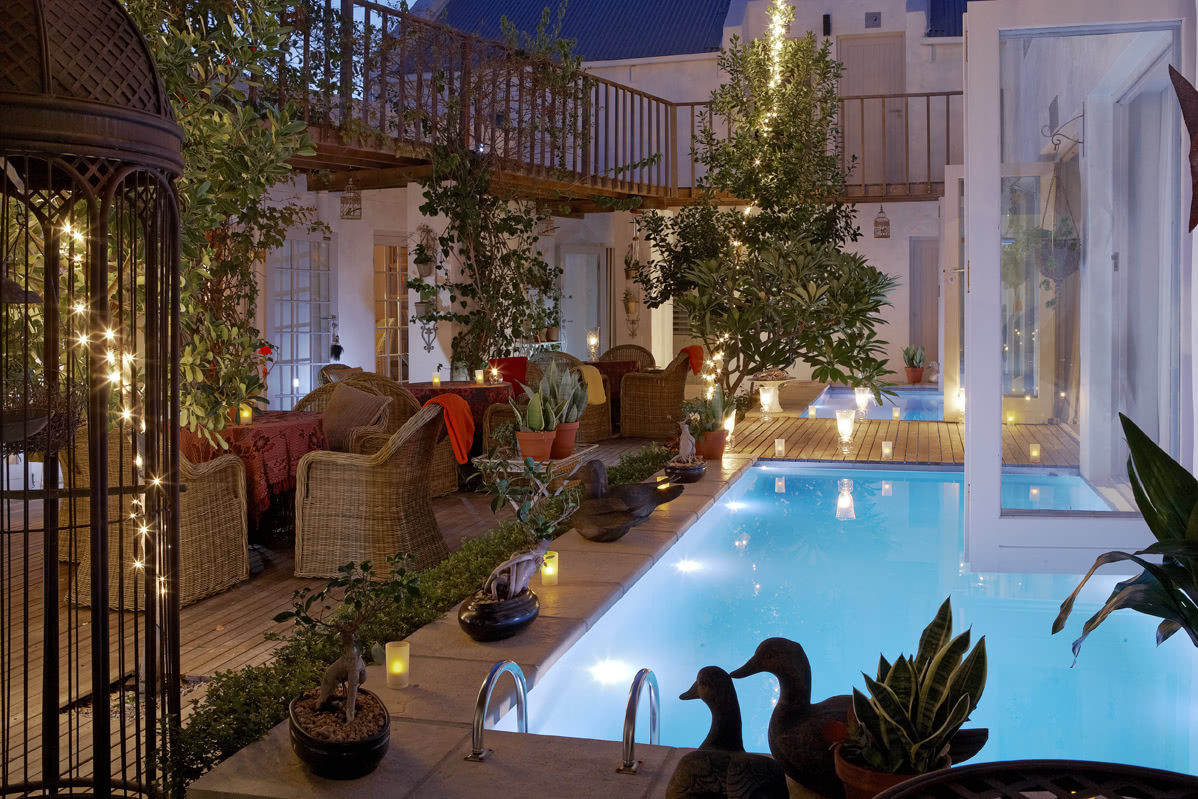
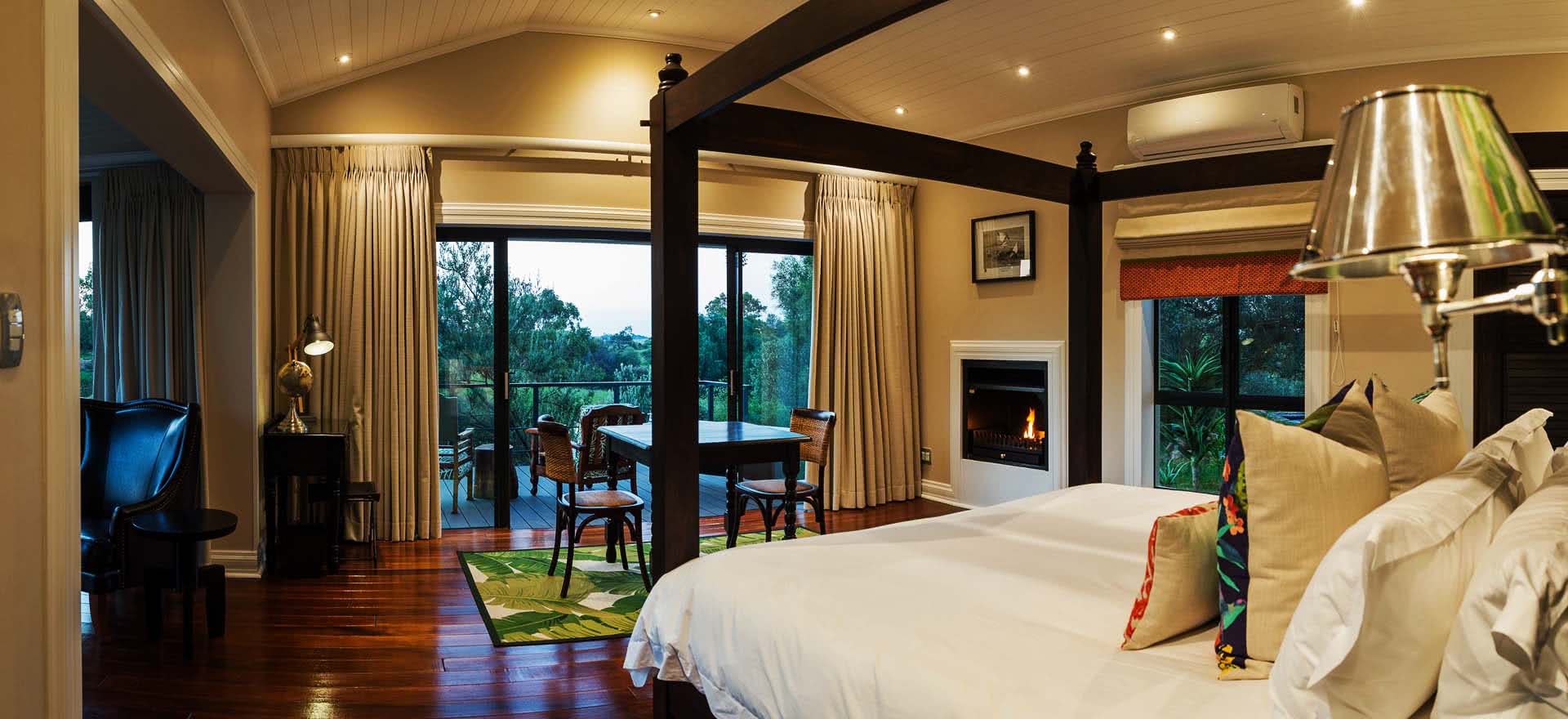
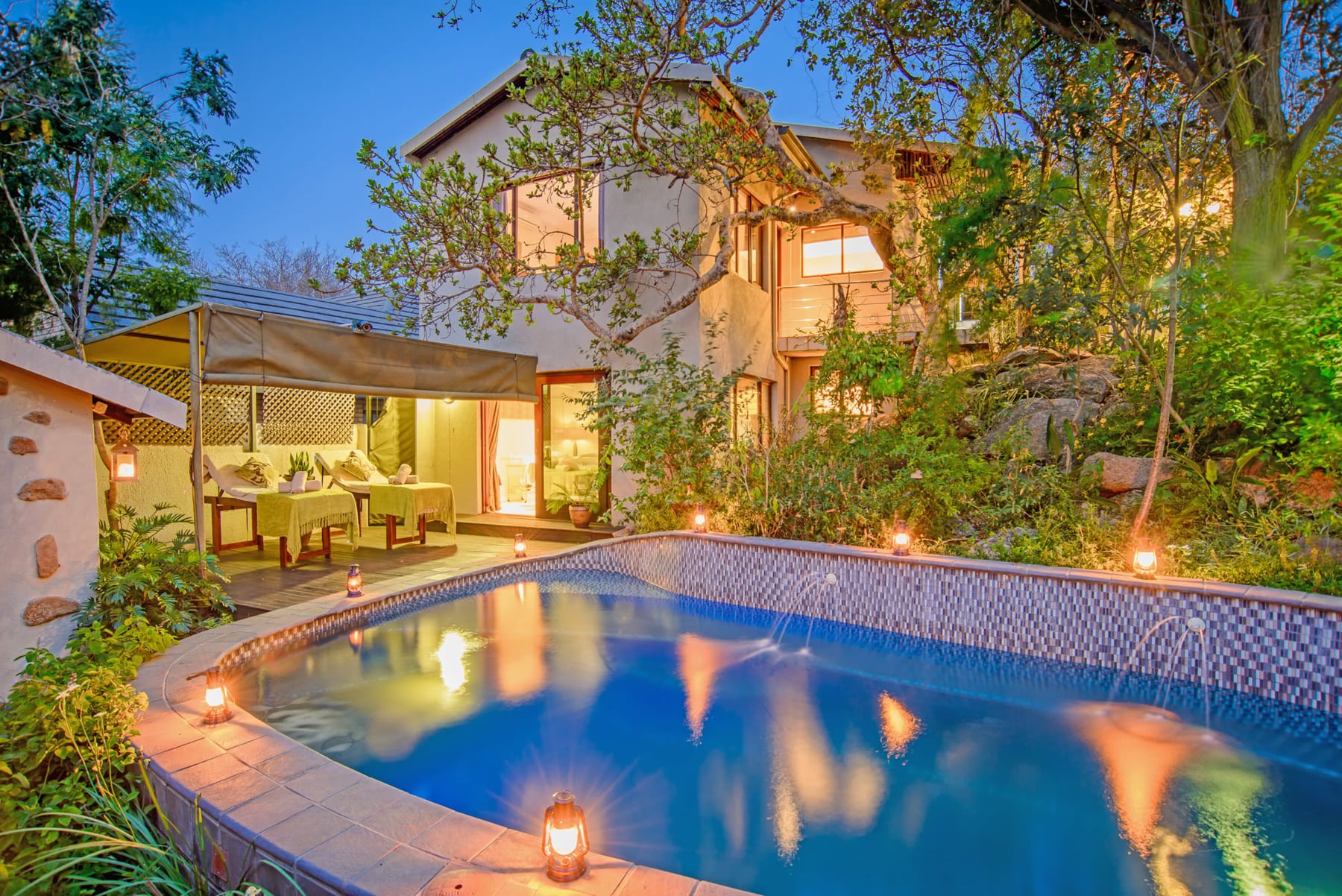




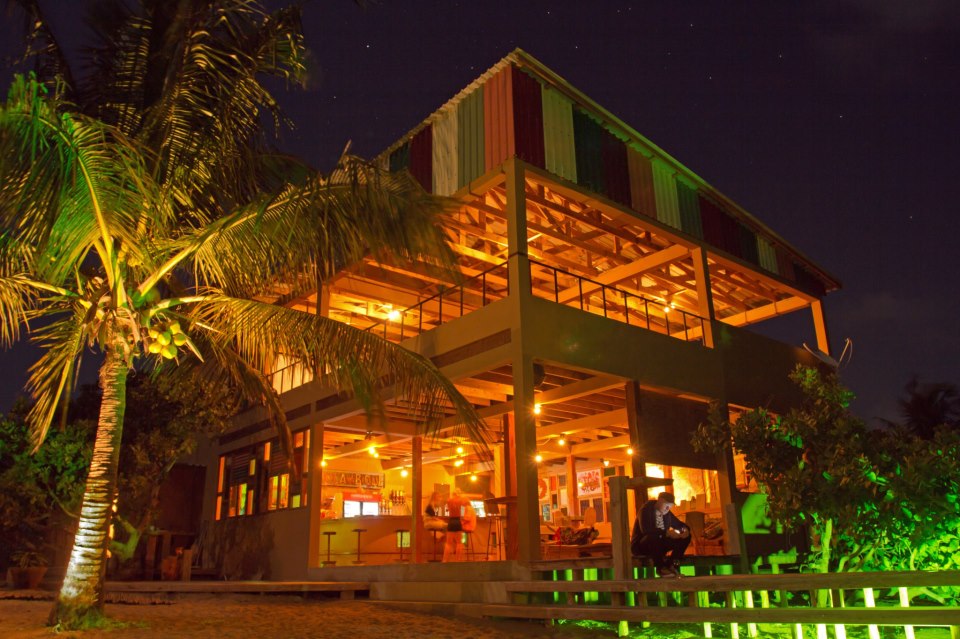




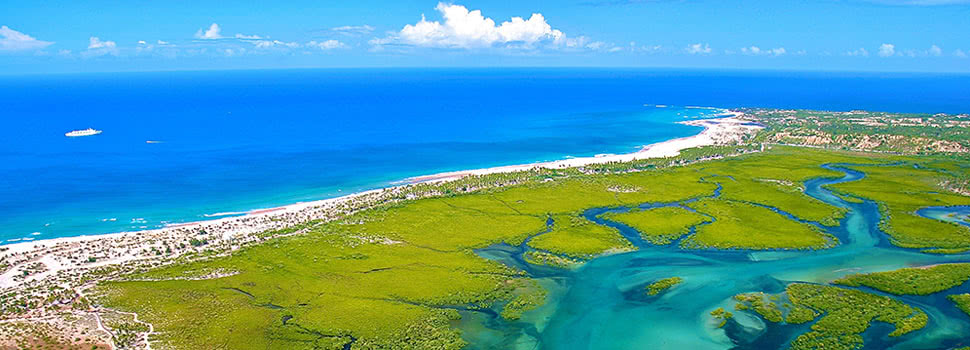
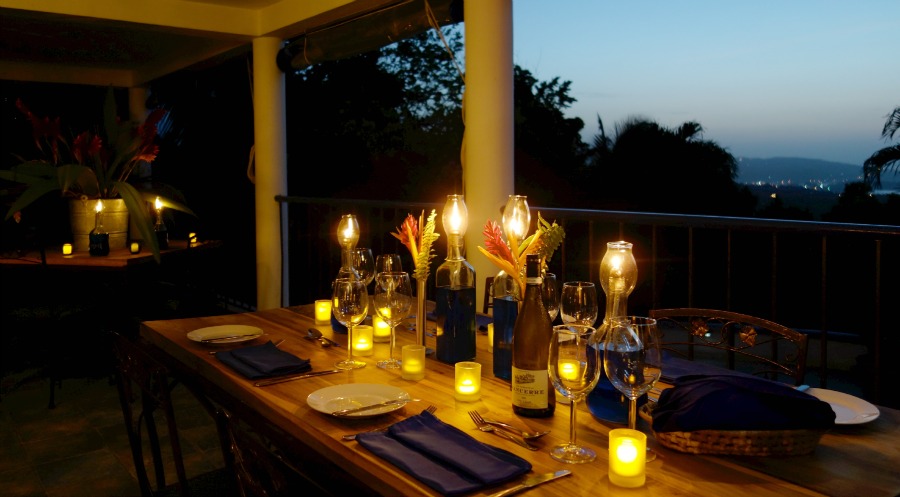



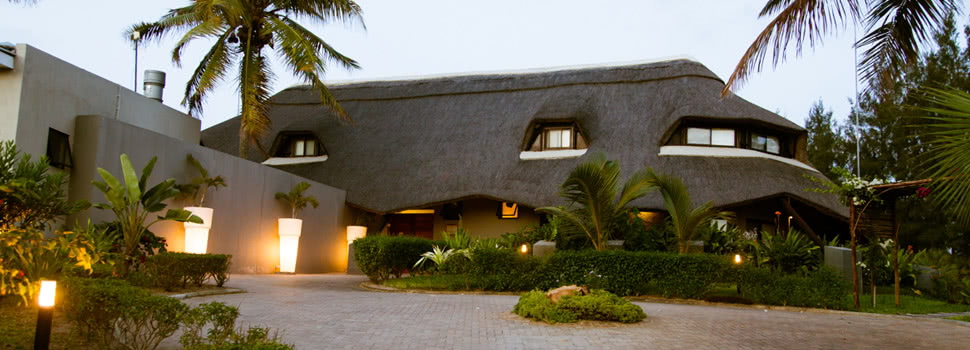



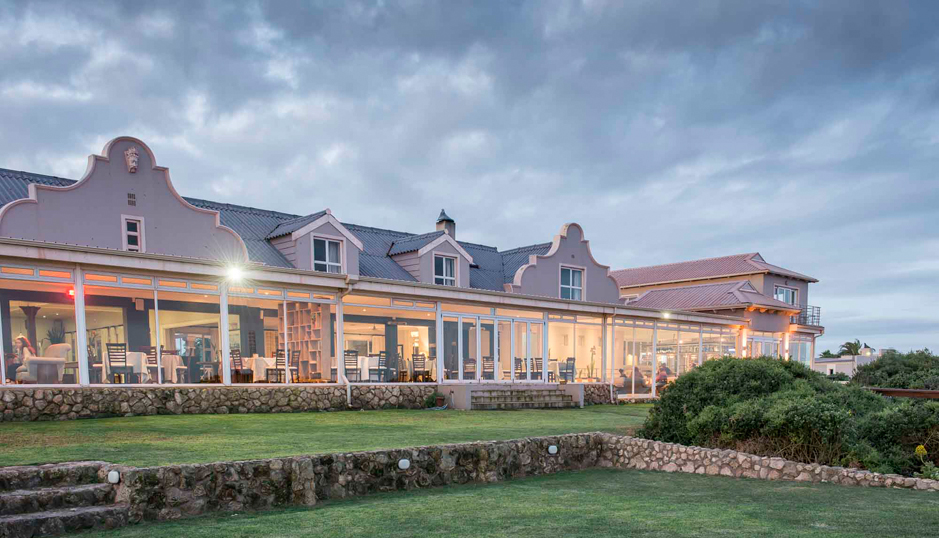


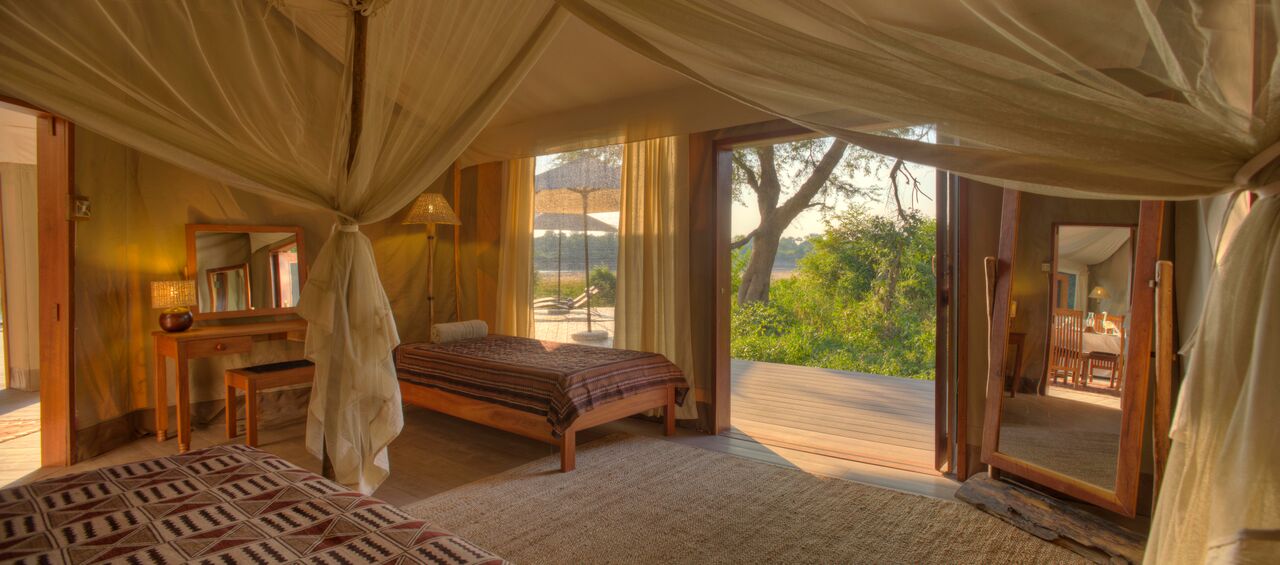


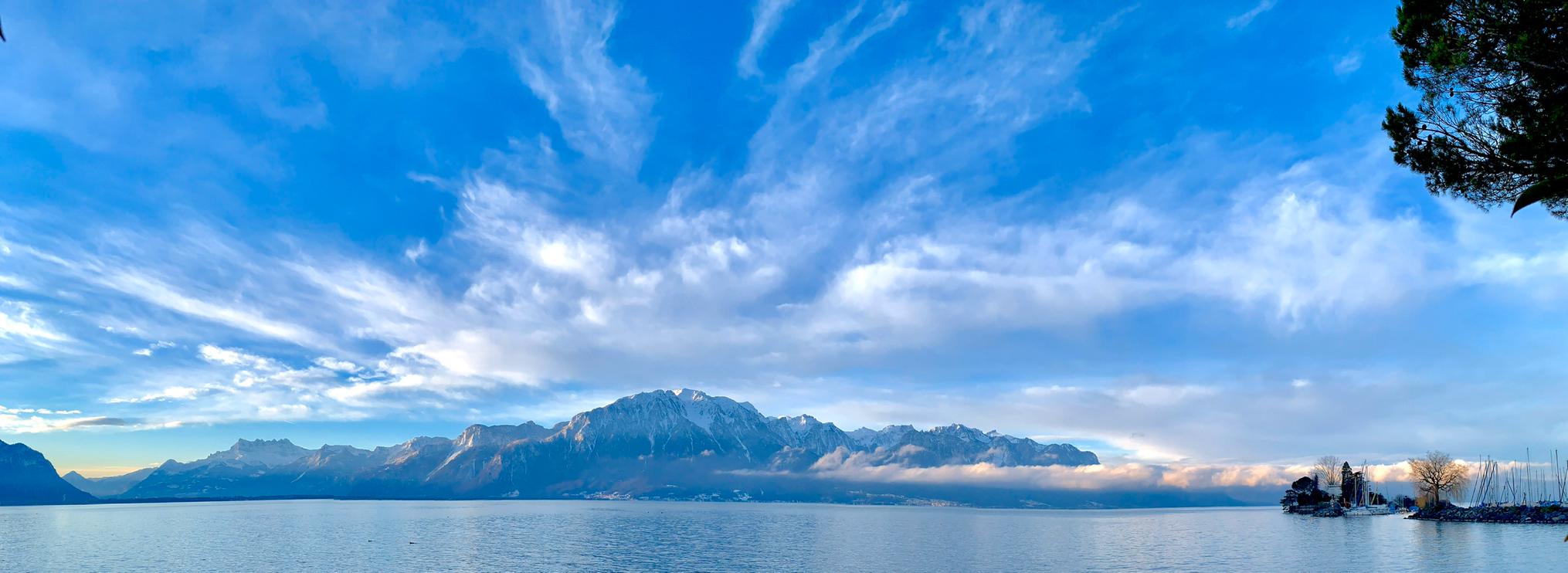


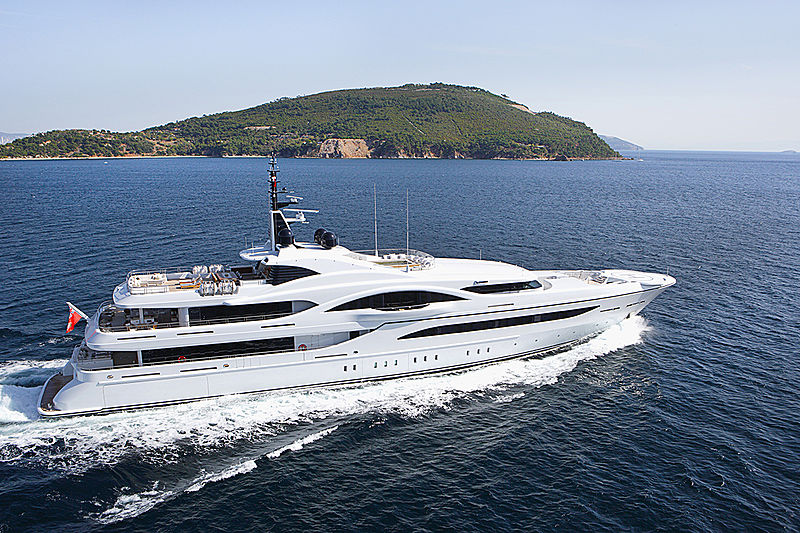














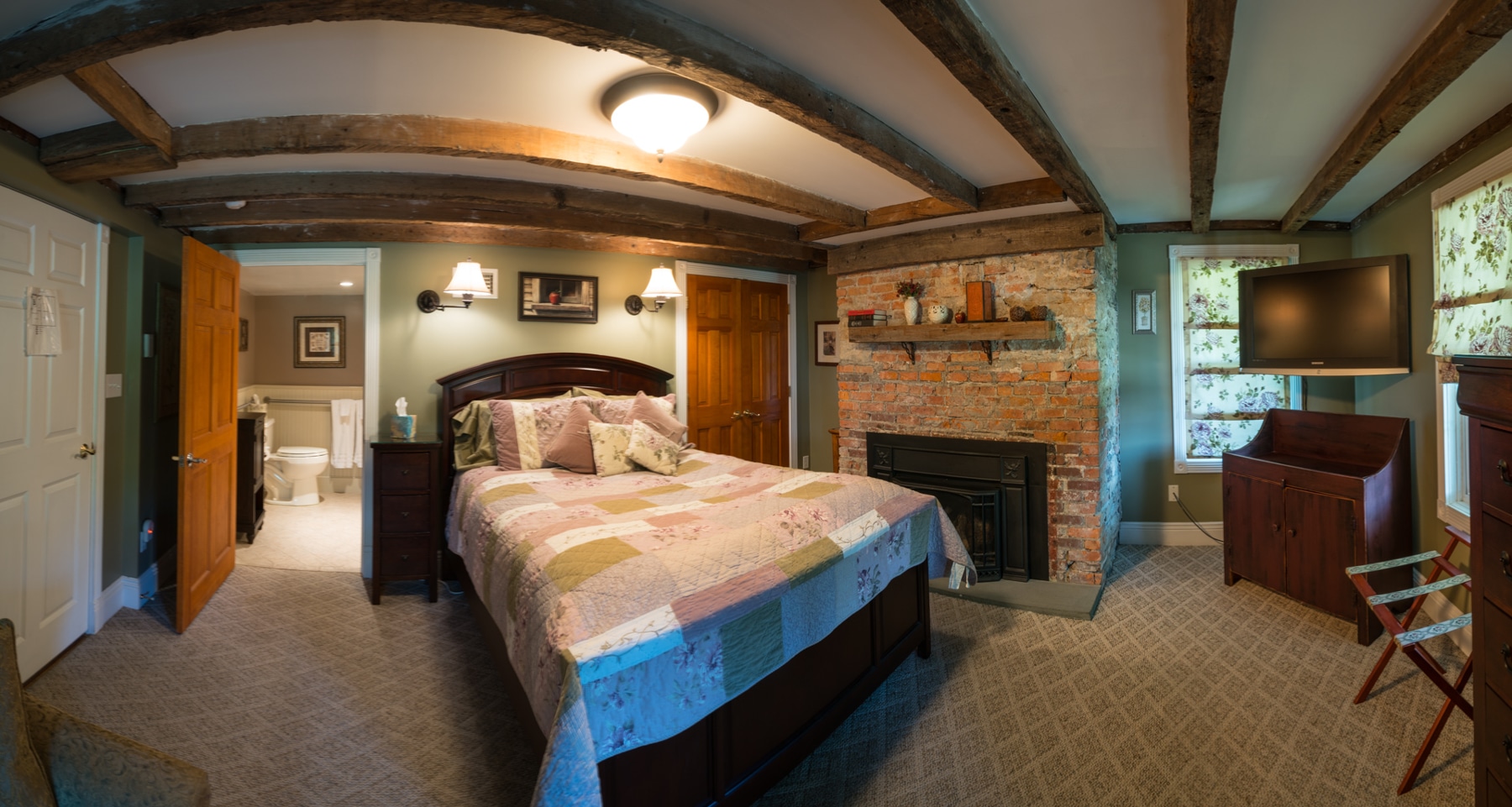






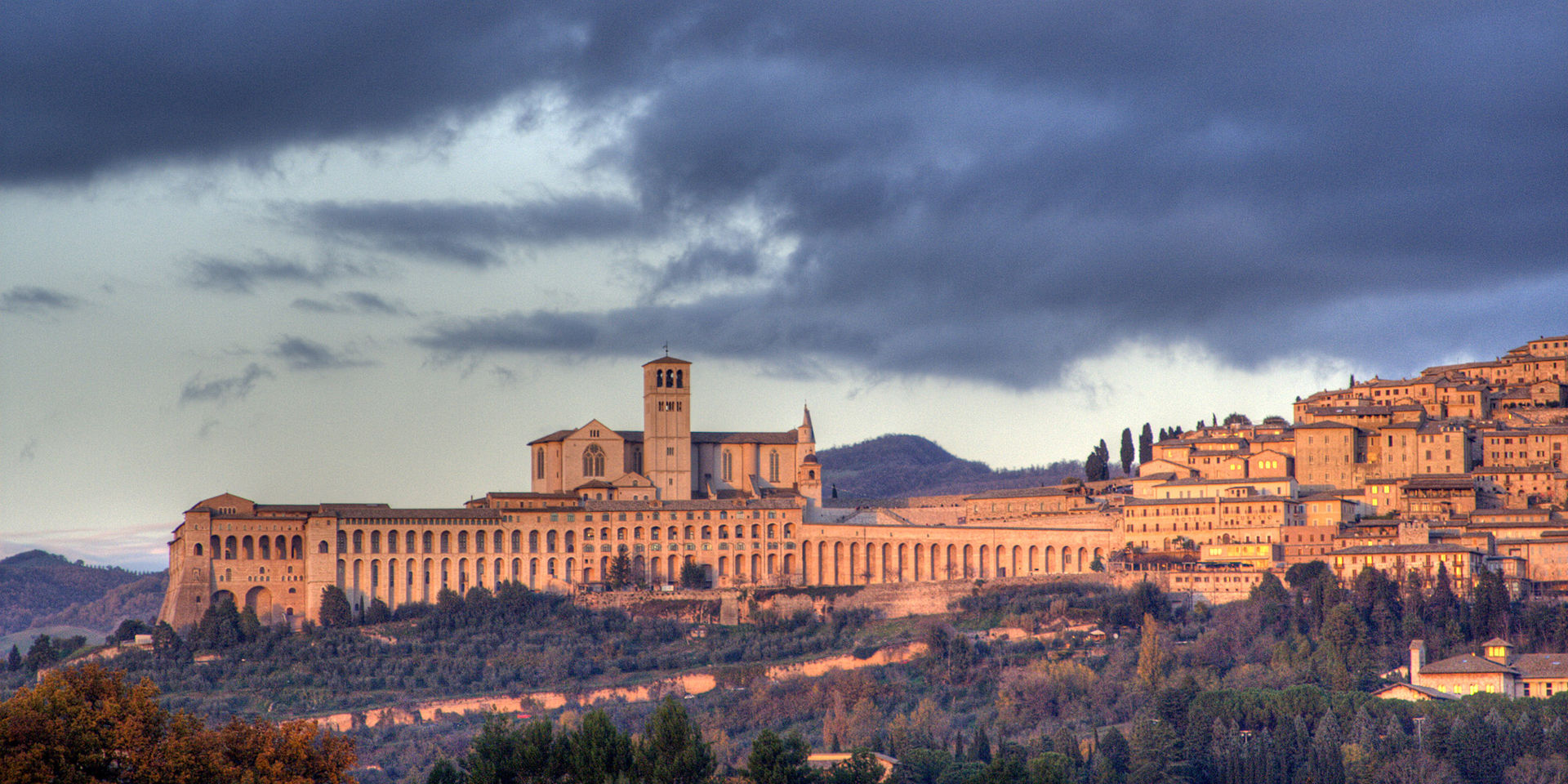
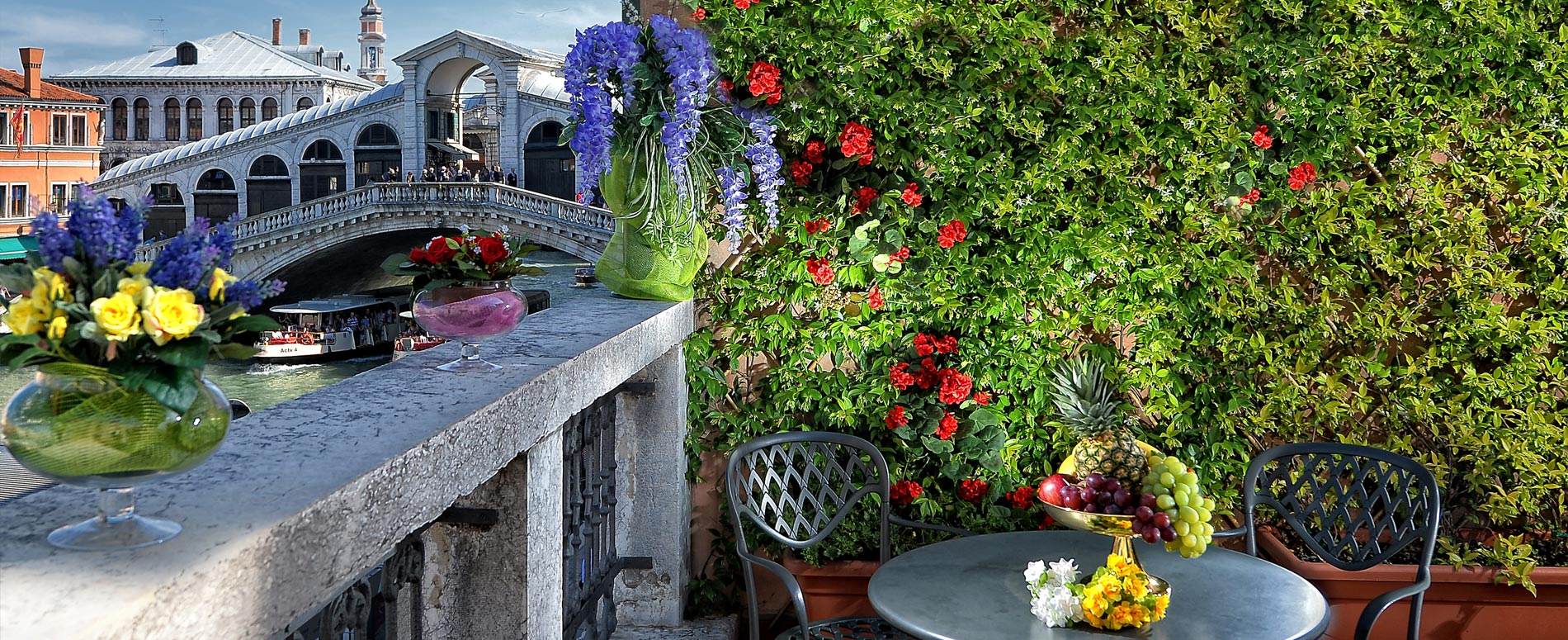








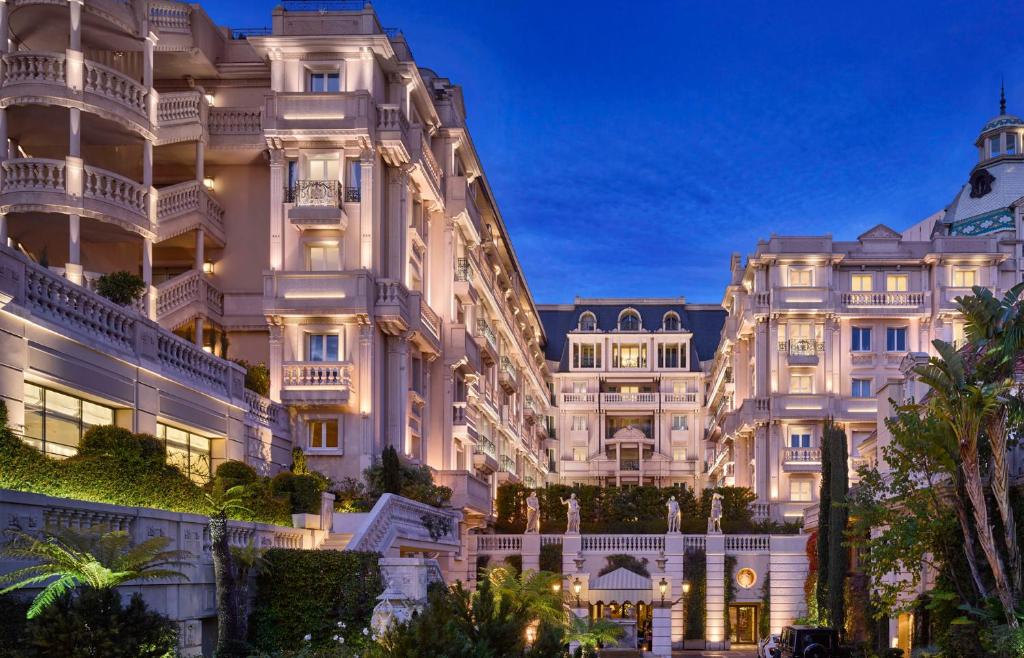

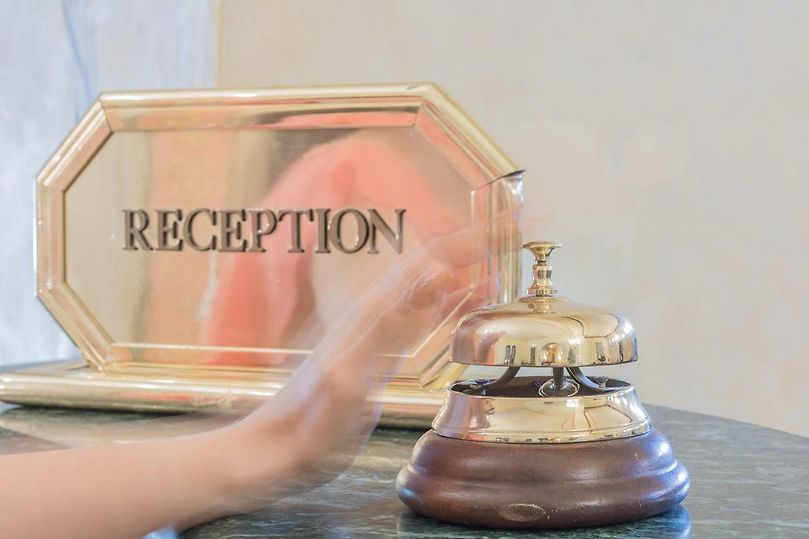

Oudtshoorn, Western Cape, South Africa
Agent: Cliff Jacobs - Managing Principal Estate Agent & CEO (Nat.Dpl.Hotel Man (UJ). M.P.R.E.)
Agent Cellphone: +27 (0) 84 413 1071 / +27 (0) 61 716 6951
Agent Office Number: +27 (0) 84 413 1071
Agent Email Address: cliff@exquisitehotelconsultants.com
Type: Boutique Hotel
Bedrooms: 22
Bathrooms: 1
Showers: 22
Parking: 15
Yield: Not Disclosed
TGCSA Rating:

Oudtshoorn, Western Cape, South Africa
Oudtshoorn, the "ostrich capital of the world", is a town in the Western Cape province of South Africa, located between the Swartberg mountains to the north and the Outeniqua Mountains to the south. Two ostrich-feather booms, during 1865–1870 and 1900–1914, truly established the settlement. With approximately 60,000 inhabitants, it is the largest town in the Little Karoo region. The town's economy is primarily reliant on the ostrich farming and tourism industries. Oudtshoorn is home to the world's largest ostrich population, with a number of specialised ostrich breeding farms, such as the Safari Show Farm and the Highgate Ostrich Show Farm.
Bhongolethu is a township 10 km (6 mi) east of Oudtshoorn. Derived from Xhosa, its name means "our pride".
History
Settlement
The pioneer farmers in the area that would be known as Oudtshoorn arrived in the 1750s and became well-established in the area by the end of the 18th century. In addition to rearing livestock, they cultivated wheat and barley, made wine and brandy, and grew tobacco as well as a variety of soft fruit. As market opportunities in neighbouring districts such as George and Mossel Bay developed, the economic benefit of mixed farming came to be understood and utilized.
Initially, the pioneer farmers in the area fell under the administrative and legal sphere of Swellendam, but in fact, George was the closest that inhabitants had to government headquarters. By the 1820s, the increasing population along the Olifants River and in the valleys of its tributaries increased the need for more local administrative and especially judicial supervision; especially the 1809 Hottentot Proclamation increased the legal and administrative burdens on slave owners. For these reasons, with its founding in April 1811, the magisterial district of George subsumed Oudtshoorn.
In the 1810s, due to the obstacles south and west of the area, trade contacts with developing towns to the east and north of Oudtshoorn unfolded instead. By the 1830s, the settlers' subsistence farming had transformed into a market economy, laying the foundation for further socio-economic development.
Founding
Farmer Cornelis P. Rademeyer was persuaded by residents in 1838 to make some of his farmland along the Hartebees River available for the construction of the first church in the area. On Sunday, 3 November 1839, the new Dutch Reformed church was inaugurated. For the next 40 years, it formed the center of congregational life in the area. Oudtshoorn gradually grew around this church. During September 1847, following the "urgent wishes of [his] neighbours", C.P. Rademeyer requested permission from the Cape government to turn his farm, Hartebees River, into a town, which he would name after Baron Pieter van Rheede van Oudtshoorn.
On 12 August 1847, it was announced in the Government Gazette that a number of wet and dry plots from the Hartebees River would be auctioned on 15 November of that year. The terms of sale stipulated that each plot owner or resident could use 1/500 of the water in the Grobbelaars River, and reserved certain preferential rights in this respect for the original owners.
However, the title deed issued to Rademeyer on 8 March 1832 had included the following servitude: "irrigation shall be effected by the river called Grobbelaars River." This servitude effectively excluded the entire would-be town from the use of the river's water. Rademeyer successfully applied to the government to have the servitude struck. Civil commissioner Aspeling van George recommended that the original servitude be amended so that water from the river could be led across the farm Grobbelaars River to Hartebees River for irrigation purposes.
In 1848, Oudtshoorn was officially founded.
Development
The founding of Oudtshoorn provided a central service area situated between the Swart and Outeniqua mountains, and by the time that the first resident magistrate, Colonel A.B. Armstrong, arrived in 1855, the settlement had spread over a mile and a half.
It was not until December 1847 that Thomas Harris started the first state-supported "Farmers' School" next to the Grobbelaars River. Prior to that, even the most prosperous inhabitants employed private tutors, the use of which was forced upon them by the poor state of the roads in the region at the time, the costs of accommodation, as well as the continuing lack of farmworkers. Private tutors solved the problem of transport and accommodation and allowed the children to continue to help with farm work.
In 1853, the Dutch Reformed church was officially established as a kerkplaats (church farm).
Oudtshoorn was proclaimed as its own, separate magisterial district in 1858. In that same year, the first British settlers settled in the area.
The settlement's growth was constrained by the limited supply of water in the area. In the early years, water was transported to the town in barrels, which were sold for sixpence per bucket. Forced to cope with the lack of water, many of South Africa's earliest irrigation experts hailed from the region. The local economy came to be based primarily upon tobacco and ostrich farming.
A severe drought in 1865 persuaded many of the settlers to move to the Transvaal. The 1865 census indicated that Oudtshoorn had a population of 1,145.
Ostrich farming
First Ostrich Boom
Oudtshoorn's ostrich industry dates back to 1864. The main reason for the surge in Oudtshoorn's prosperity was the ostrich, whose feathers had become fashionable accessories among European nobility. Feather exports saw a sharp increase from the Cape Colony during the mid-1860s, which is generally accepted as the launch of the industry in South Africa. By 1870, feather auctions were being held in Mossel Bay. In 1875, the census counted the town's population to be 1,837. Between 1875 and 1880, ostrich prices reached up to GBP 1,000 a pair. The value of ostrich feathers, per pound, equaled almost that of diamonds.The farmers of the region, realising that ostriches were far more profitable than any other activity, ripped out their other crops and planted lucerne, which was used as feed for the ostriches. By 1877, feather auctions were also being held in Oudtshoorn itself. The rising wealth also finally allowed for the completion of the Dutch Reformed Church, which was opened on 7 June 1879. Such was the worth of the white ostrich feather, that it was dubbed "white gold".
Owing to overproduction, the ostrich industry experienced a sudden slump in fortunes in 1885; the town's misery was compounded when it was hit by severe flooding during the same year, which washed away the nearby Victoria Bridge, which had been built over the Olifants River only the year before.
The boom had attracted a large Jewish immigrant population of about 100 families, most of them Lithuanians from the towns of Kelme and Shavel, who were fleeing from the Tsarist pogroms. As a result, Oudtshoorn came to be known as "the Jerusalem of Africa". Two synagogues were built, the first in 1888 and the second in 1896, and the first South African Hebrew school was established in Oudtshoorn in 1904. In 1891, Oudtshoorn's population had grown to 4,386 persons.
Second Ostrich Boom
The ostrich industry recovered slowly, owing in part to the Second Anglo-Boer War of 1899 to 1902. Boer forces under Commandant Gideon Scheepers were sighted near Oudtshoorn on 25 August 1901 but moved on because the town was well defended. A second and bigger boom started after the war. It was during this period that "feather barons", ostrich farmers who had become rich, built most of Oudtshoorn's famously opulent "feather palaces", their houses, most of them on the west bank of the Grobbelaars River. The town grew even more, and in 1904 it claimed 8,849 residents in the census. This boom peaked in 1913, during which year the highest-quality feathers cost more than $32 a pound in 2012 prices. Ostrich feathers were outranked only by gold, diamonds and wool among South African exports before World War I. The market collapsed in 1914, according to The Chicago Tribune, as a result of "the start of World War I, overproduction and the popularity of open-topped cars, which made ostrich-feather hats impractical." 80% of the ostrich farmers were bankrupted, and the ostriches were set loose or slaughtered for biltong. Domesticated ostriches numbered 314,000 at the end of World War I, but had plummeted to 32,000 by 1930. The Jewish population of Oudtshoorn fell from 1,073 in 1918 to 555 in 1936 and only continued to dwindle.
For 40 years, Oudtshoorn had been the most important settlement east of Cape Town.
The successful agricultural pursuits in the area necessitated an extensive and economically significant train system, which was developed in the 1930s. Despite the periodic irreparability of the Cradock Pass and Attakwaskloof in the Outeniqua Mountains, a reputable trade developed between the inhabitants north and south of the range. There was also trade with Cape Town, but its scope is uncertain; in any case, the poor state of the passes Attakwaskloof and Caledonkloof, through the transverse mountains on either side of the Gamka River, had a disruptive effect on trade with Cape Town.
Recent history
The end of World War II opened new markets for ostrich leather and meat, and as a result the industry eventually recovered.
In the 1940s, two justices of the peace, Ludolph Niepoth Jr. and John O'Connell, were appointed for the Olifants and Grobbelaars rivers, respectively. However, this only relieved the most pressing judicial concerns, and the government was consequently forced to create a local government authority.
The production of specialised agricultural seed is the biggest contributor to the region's wealth today, but ostrich farming remains an important business.
Demography
According to the 2011 census, Oudtshoorn had 61,507 inhabitants—17,640 in Bridgeton, 14,724 in Bongolethu and 29,143 in the rest of the town. 70.9% of the population described themselves as "Coloured", 15.3% as "White" and 12.5% as "Black African". The predominant language is Afrikaans, spoken as the home language of 87.8% of inhabitants, while 7.4% speak Xhosa and 2.6% speak English.
Society and culture
Afrikaans
Festivals
The Klein Karoo Nasionale Kunstefees ("Little Karoo National Arts Festival"), better known as the KKNK, is South Africa's largest Afrikaans language arts festival and takes place in the town on a yearly basis.
Museums, monuments and memorials
Gottland House, 72 Baron van Rheede Street
Churches
The oldest church is the original Dutch Reformed Church, which is situated on the corner of Church Street and High Street. Other churches include, Apostolic Faith Mission, Anglican, Presbyterian, Baptist, Roman Catholic (Roman Catholic Diocese of Oudtshoorn) and other traditional churches. In recent years, the number of independent churches (also referred to as non-denominational churches) have grown. Independent Churches include the Joshua Generation Church, The Vineyard and the Oudtshoorn Community Church.
Educational Institutions
Apart from the many high schools in Oudtshoorn, there are also independent tertiary educational institutions, including the South Cape College.
Military
The Oudtshoorn army base houses the South African Infantry School.
The Oudtshoorn airport is the site of 45 Air School used for training in World War II from 11 November 1940 to 20 August 1945. Known as RAF Oudtshoorn, it operated under the British Commonwealth Air Training Plan, flying Airspeed Oxford, Avro Anson and Fairey Battle 41 aircraft. Providing Air Observer (Type B) training, it trained aircrew from all over the Commonwealth in navigation, bombing, and air gunnery. Since 1998 Test Flying Academy of South Africa (TFASA) operates here (initially founded as National Test Pilot School of South Africa - NTPS SA).
Wine
Oudtshoorn is the start of the Route 62 wine route. Some of the best South African Port-style wines are produced in the area surrounding Oudsthoorn.
Tourism
Tourist information
Oudtshoorn and De Rust are managed by Greater Oudtshoorn Tourism, whose tourism office is centrally situated in Voortrekker Road, next to the CP Nel Museum.
Tourist attractions
The area is also famed for its biodiversity, as it is home to an unusually large number of species of succulent plant. Several wine producers also exist in the region.
About Us
With the Klein Karoo as their home, this Hotel is a great place to stay for visitors to explore the beauty of the area. From the majestic Swartberg Mountains to Ostrich Show Farms, elephant and Lion feeding and Bush- and Meerkat Safaris. Visit the Swartberg Pass – a UNESCO World heritage site, go wine tasting, craft beer and gin tasting, mountain biking, zip-lining and do the adventure tour at the Cango Caves – the biggest show caves in Africa.
There are six different types of rooms available at our Boutique Hotel, each one luxuriously decorated to make you feel total comfort and relaxation. You can enjoy stays in the Classic Double Rooms, Luxury Family Suites, Luxury Double Bedrooms, Luxury Garden Twin Rooms, Luxury Twin Rooms, or the Presidential Suite.
All rooms come equipped with air-conditioning, telephone, TV with DSTV, safe, minibar, tea and coffee-making facilities, an en-suite bathroom and double beds fitted with crisp, white linen. You can access the free Wi-Fi from any of the rooms, so you are always connected.
Accommodation
Presidential Suite
The Presidential Suite at this luxury Oudtshoorn accommodation features a king-sized bed, spa bath and shower as well as extra amenities like daily newspaper and movie, sports and music entertainment packages for television. This room also provides all of the amenities of the Luxury rooms.
Approximate size: 60 m2
Amenities for all rooms
Luxury Double rooms (3 in total) at this luxury Oudtshoorn accommodation feature king-sized beds covered with crisp percale linen, showers as well as extra amenities like a daily newspaper at reception and movie, sports and music bouquet for television. These rooms also provide all of the amenities of the standard rooms.
Approximate size: 44 m2
Luxury Twin Rooms
Luxury twin rooms (6 in total) at this luxury Oudtshoorn accommodation feature 2 double beds, showers as well as extra amenities like daily newspaper at reception and movie, sports and music bouquet for television. Crips percale linen covers these comfortable beds. These rooms also provide all of the amenities of the standard rooms.
Classic Double Rooms
The Classic double rooms (3 in total) at this luxury Oudtshoorn accommodation feature queen-sized beds covered with crisp percale linen, showers as well as extra amenities like a daily newspaper at reception and movie, sports and music bouquet for television. Beautiful yellow wood floors finish this classic room off. These rooms also provide all of the amenities of the Luxury rooms.
Approximate size: 32 m2
Luxury Garden Twin Rooms
Luxury Garden Suites (2 in total) at this luxury Oudtshoorn accommodation feature 2 double beds covered with crisp percale linen, showers as well as extra amenities like a daily newspaper at reception and movie, sports and music bouquet for television. Each room has its own separate entrance from the garden. These rooms also provide all of the amenities of the standard rooms.
Restaurant
Our restaurant serves an unique South African Braai Experience for groups of 10 guests or more. A limited set menu is available for smaller groups when the Braai is not served. Bookings are essential.
Guests gather around the fire while listening, dancing and singing to Boere Musiek while the proprietor braais Boerewors, Pork Lion Chop, Chicken Wing, and Ostrich Kebabs on a wood fire grill. This is served with BraaiBroodjies, Salads and Paptert (Traditional Polenta Bake) followed by Malva Pudding and Ice Cream. A cultural experience not to be missed.
Scottish Pub
This quaint Scottish-themed pub serves the coldest beer in the Southern Hemisphere! Great variety of local and imported drinks available at reasonable prices. Locally hand-crafted Karusa Ale on tap together with local Karusa wines provide that special local feel in a pub where everyone knows your name.
All the major sporting events can be viewed on the big screen whilst enjoying the company of local sports fanatics. Due to the spectacular weather in our town, the outside bar area is popular throughout the year. Nothing better than a Cosmo or Long Island Ice Tea next to the pool.
Conference Facilities
The very modern Boet Schnetler Conference center is ideal for weddings/private functions and conferences. This room is fully air-conditioned with dimmers and its own bar area. We can seat between 80 and 100 delegates depending on the layout in this room. It is modern and functional with state-of-the-art equipment.
Internet and copy machines available to delegates. This is the perfect venue for corporate meetings. We do have a cool spacious stoep adjoining the conference room where you can break away or just sit down to relax while we spoil you. Our in-house chef will cater for all your food needs.
Attractions
The Cango Caves
The Cango Caves are listed among the world’s greatest natural wonders. Formed over millions of years, the caves offer a fascinating journey through breathtaking limestone formations. Although the caves had been used by Bushmen they remained unexplored until sometime around 1780. They are one of the 10 most visited tourist attractions in South Africa and are a must to be visited. The caves were declared a National Monument in 1938 and stretch for more than 2 kilometres into the mountain.
Swartberg
The Swartberg Pass, also a National Monument, is just a few kilometres further north along the R328 towards Prince Albert and is described as one of the most spectacular and dramatic roads in the World.
The Swartberg Nature Reserve encompasses 129000 hectares of tranquillity and features remarkably diverse vegetation, including renosterveld, mountain fynbos, Karooveld, spekboom veld and numerous geophyte species.
More Attractions
This annual festival, held in March/April, featuring a week of dance, theatre, film, music, and visual art, attracts more than 100,000 visitors every year.
Visit some of the area’s numerous rivers, streams and falls in the nearby Swartberg, Outeniqua and Kamanassie Mountains. Two fine examples are the Vrede and the Meiringspoort Falls.





















































































































Cliff Jacobs (Nat Dpl Hotel Man (UJ). MPRE. GA Level 5 TEFL) Managing Principal / CEO Exquisite Hotel Consultants (Pty) Ltd Mobile: +27 (0) 84 413 1071 (WhatsApp only) / +27 (0) 61 716 6951 (WhatsApp only) Email: cliff@exquisitehotelconsultants.com Web: https://www.exquisitehotelconsultants.com © All rights reserved Terms and Conditions apply Scroll down to view our Hospitality Properties and Businesses for sale or lease or lease-to-buy or partnership arrangement or management agreement arrangement